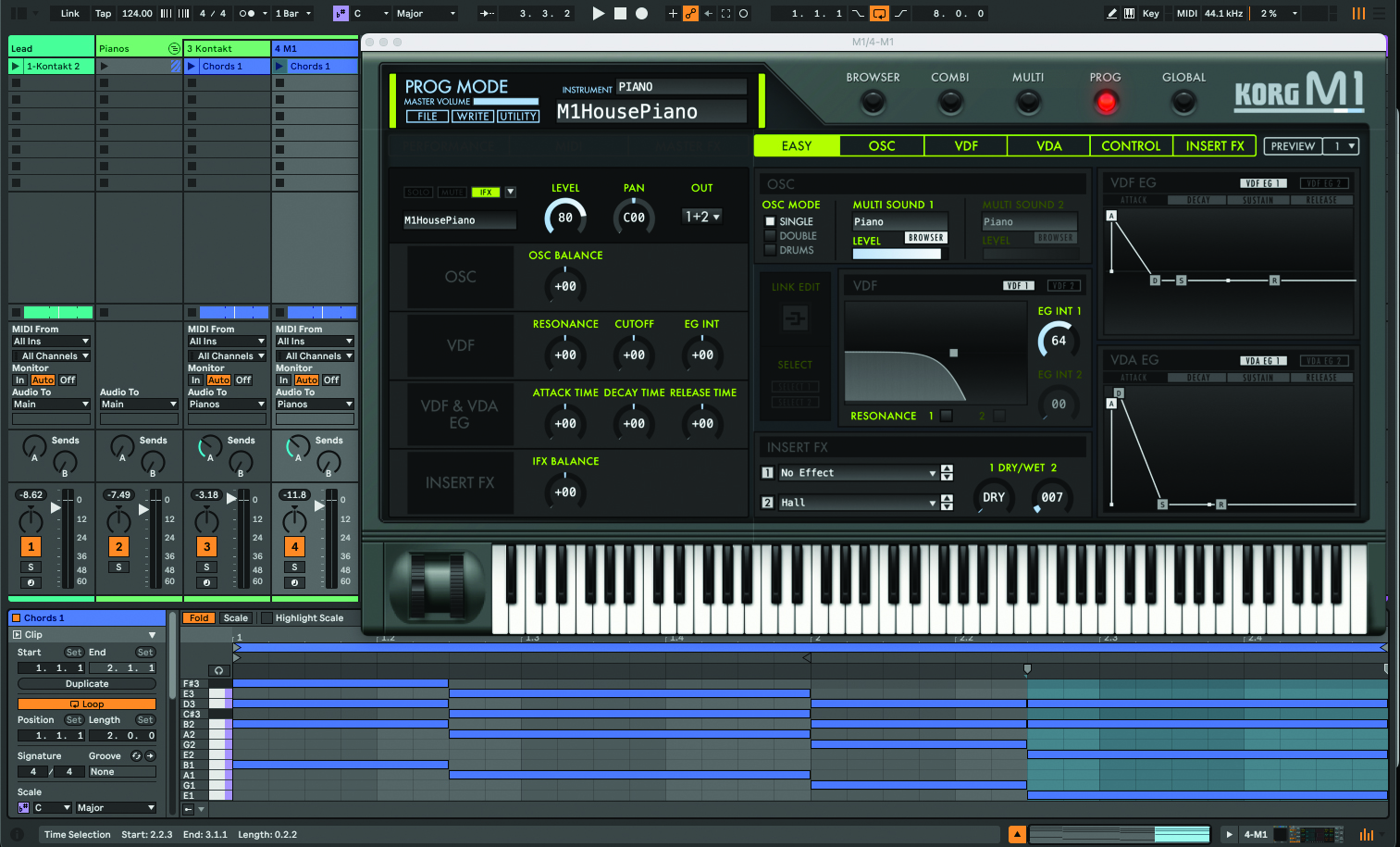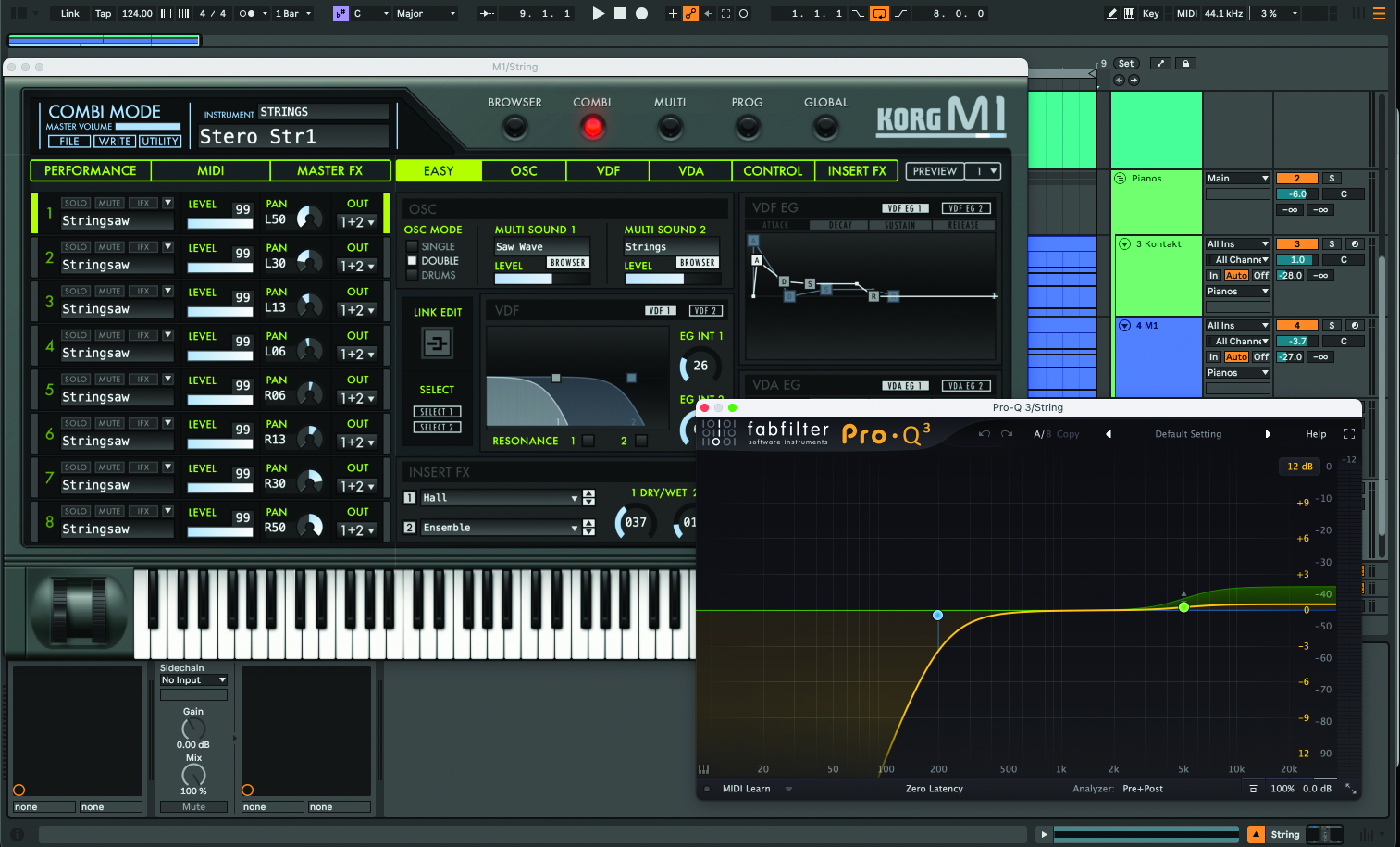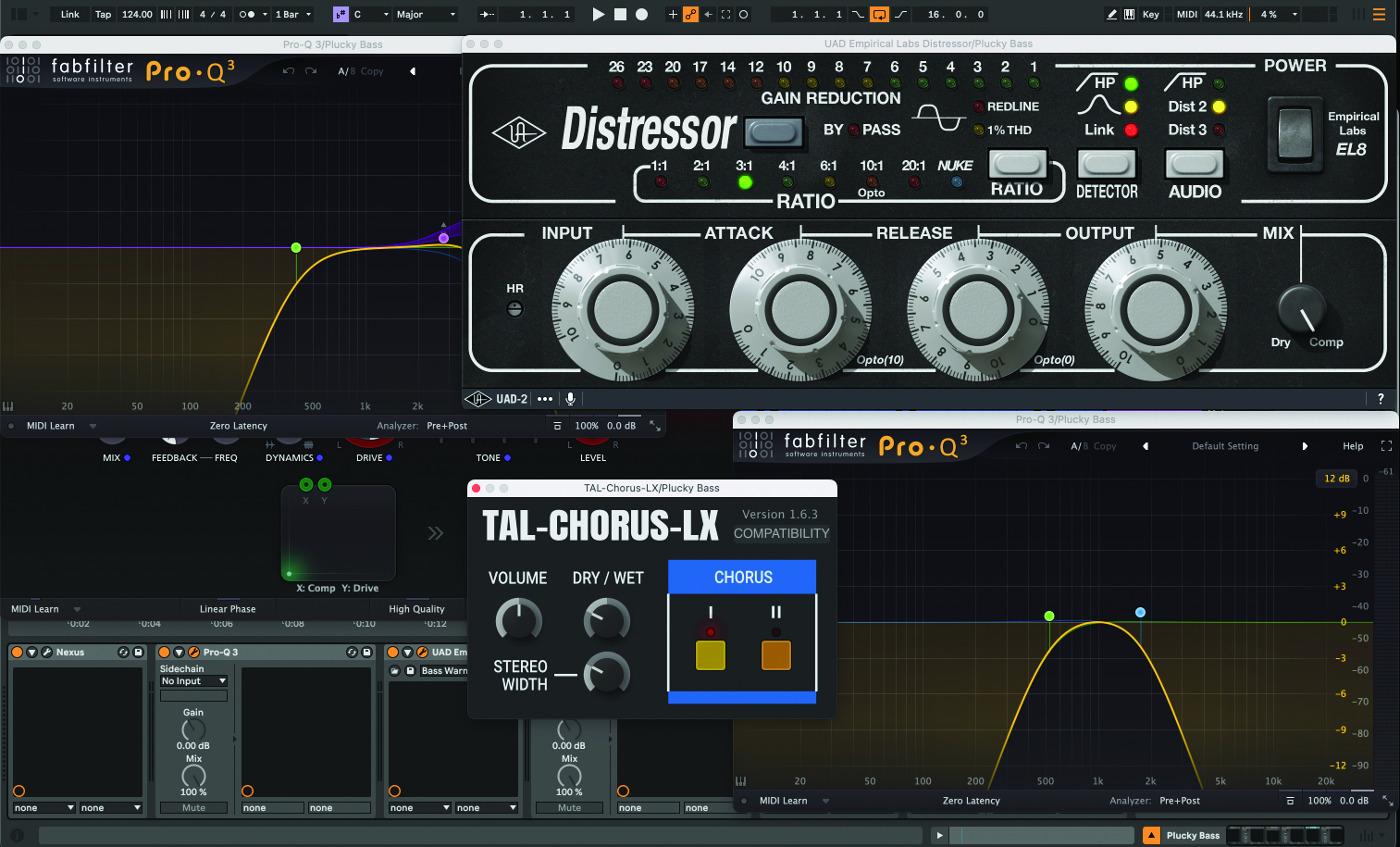How to produce a dance pop hit
Dance music’s core genres have influenced pop for decades. We dig into their impact on the mainstream
Dance pop is a genre that combines both pop and dance influences. Its song structures tend to be more similar to pop arrangements, and songs in this genre emphasise melody and catchy hooks. Due to their broad appeal they're created to be played in clubs and on mainstream radio.
The genre has existed since the early 1980s and continues to gain more recognition globally. The Grammy Award for Best Dance Pop Record was presented for the first time at the 66th Annual Grammy Awards in 2024. The Recording Academy announced that the Dance Pop award goes to tracks and singles that feature up-tempo, danceable music that follow a pop arrangement, with strong rhythmic beats, electronic-based instruments, and an emphasis on the vocal performance, melody and hooks.
In this tutorial, you’ll learn the basics of producing a dance pop track in this style.
The basics of dance pop

Start by creating a lead that will be the main instrumental hook. Set your DAW’s tempo to 124bpm, create a new MIDI track and a two-bar melody. If writing melodies isn’t your strength, use a plugin like Captain Melody Epic. Try using a pluck preset from a preset pack like Vandalism Sound or Native Instruments.

Choose the key for your track based on the melody pattern. Typically dance pop is written in a minor key. Add Kontakt to a new MIDI track and load a Piano instrument like Alicia’s Keys or The Giant. Create a two-bar chord progression. Syncopate the rhythm and have the second chord in each bar play an eighth note before the third beat.

Create a new MIDI track and copy the piano MIDI onto it. Give it a classic piano house sound by adding a plugin like our choice of the Korg M1's M1HousePiano preset. Ableton’s OTT can give the sound more edge, but reduce it to 15%. Create a Return track and add a reverb like with a small hall setting. Send both pianos to the reverb.

Add a held string to play in the breakdown. Create a new MIDI track and a two-bar MIDI clip. Create a two-bar MIDI note in the root note of your track’s key. Add movement to the sound by adding an EQ with Dynamic EQ, like Fabfilter Pro-Q 3. Boost the high end above 5 kHz with a high shelf, and make the EQ node Dynamic.
Want all the hottest music and gear news, reviews, deals, features and more, direct to your inbox? Sign up here.

Add a kick with a strong transient on every beat. Next, add Battery 4 and load the 909 Multiple Kit. Route clap and hi-hat samples to individual audio channels. Right click on the clap and select Output > Direct Out > Stereo 3 / 4. Assign Closed Hi Hat to Stereo 5 / 6, the second closed hi-hat to Stereo 7/8 and the open hi-hat to Stereo 9/10.

Create four audio tracks. On the first Audio track select Audio From Battery 4, and in the second drop-down select Stereo 3/4. Set the Monitor to In. Repeat the same steps to assign the remaining Audio Tracks to Battery St 5/6, Stereo 7/8 and 9/10. On the Battery 4 track, create a MIDI pattern and add claps, and hi-hats.
Creating a layered bass

Start by adding a synth bass, like Serum to a blank MIDI track. Copy the MIDI pattern from the Piano track, and delete the higher notes, leaving only the lower notes. Cut the notes into shorter ones and vary the note lengths to add movement. Move the MIDI notes into a lower octave that’s suitable for a bass part.

Choose a tasty bass preset. In this tutorial, I use the 'Place I Go' bass preset from the Vandalism Sound Shocking Dance for Serum soundset. Listen to a reference track if you’re unsure of the type of sound to select. Add an EQ and cut out the low end below 50 or 100 Hz, and cut the high end above 1300 Hz.

Create a new MIDI track for the bass pluck layer and copy over the bass MIDI. Add a synth like Serum or Nexus and choose a bass sound with interesting character in the higher frequencies. We're using the UK Bass preset from Nexus. Add an EQ and cut the low end below 400 Hz, and high end above 5 kHz.

Process the plucky bass by adding a compressor like UAD Distressor with a slower attack and fast release. Add distortion or saturation with a plugin like FabFilter's Saturn 2 and try out a few colour or drive presets to see which suits your sound. Add a chorus plugin, like TAL-Chorus-LX with the dry/wet set around 30%. EQ the sound again to roll off any unwanted frequencies.

Add a sub bass layer by creating a third MIDI track, and copying the bass MIDI pattern onto it. Add your synth bass (we're using Serum) to the track and turn off Osc A. Turn on the Sub Oscillator, select the Sine waveform and set the Octave to -2. Add an EQ and roll off the low end below 30 Hz, and the high end above 110 Hz.

Mix the bass layer levels together. Use headphones if you don’t have proper monitoring and/or a subwoofer. Group bass tracks and add an EQ to both your kick and grouped bass track. Boost the bass in the first fundamental frequency of the key of the track and cut the second fundamental frequency. Add an EQ to the kick and reverse.
Pro tip: layer upon layer

Once the main elements of your track are composed, you’ll need to develop additional sounds for your production. These could include pads, supporting synth lines, guitars, effects and percussion parts. When layering sounds, choose sounds that complement each other and have different sonic characteristics. Every dance pop track requires a great vocal, so you’ll need to write a top line (the vocal melody and the lyrics) or find a vocalist to collaborate with. It's time to begin arranging your track when all of the parts have been composed. The arrangement determines the flow of the elements in the track and the length of each section.
Dance pop tracks tend to follow pop music song structures more than other electronic tracks
Dance pop tracks tend to follow pop music song structures more than other electronic tracks, and it’s common to create a radio mix and extended mix of the track. Build yourself a visual arrangement guide by creating an additional MIDI track in your DAW with eight or 16-bar sections. Label each of the sections using the name of the part. For example, Intro, Breakdown, Buildup, Drop, Breakdown, Buildup, Drop, and Outro. The overall goal of the arrangement should be to keep the listener’s attention throughout the song. Try out different ideas when arranging to find the structure that works best for the track.
Recommended listening
1. KAROL G, Tiësto - CONTIGO
An upbeat dance pop track with a catchy club style bassline and a strong vocal hook.
2. Zerb & The Chainsmokers - Addicted ft. Ink
One of the best dance pop tracks of the year, featuring a soulful chord progression and flawless vocals by Ink.


